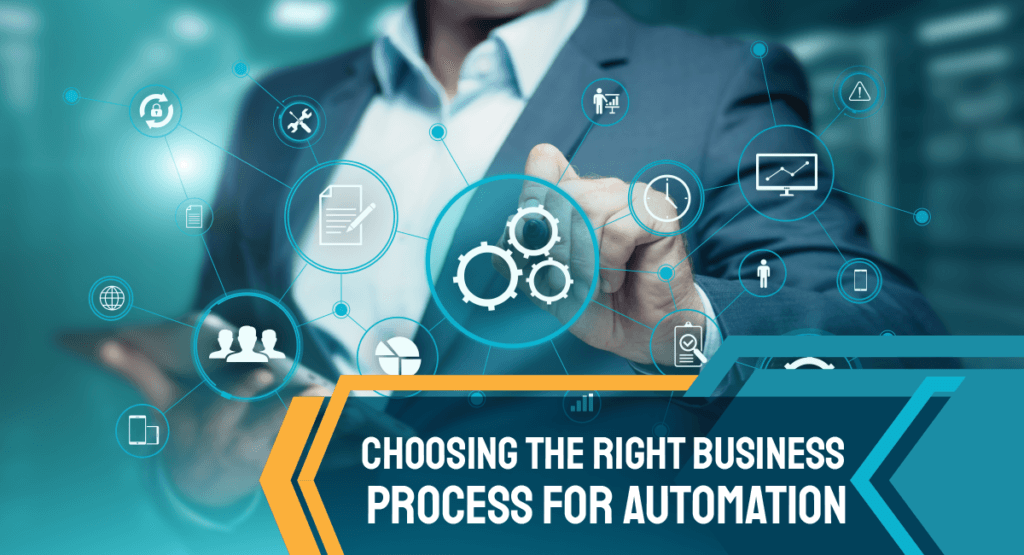The 3 Types of Automations and Business Success

In the fast-growing world of new technology, we often come across the word automation. It is a word that is quite heard by everyone in general, but do you know its literal meaning? Automation is the usage of advanced technologies in order to cut down human intervention during processes. Automation has become a part of every industry as it has improved the efficiency, speed, and reliability of tasks done by machines that were once done by humans.
The advancement in technology has led to people and companies using machines, robots, and electronic devices in order to get things done on time with less or no human intervention. The introduction of automation has increased production output and decreased operating costs for industries. Business automation software helps in cutting down the production cost and increasing the efficiency of the products being manufactured without any hurdles.
3 Types of Automation Processes
1. Fixed Automation
It is an automated production facility in which the operation process sequence is fixed by equipment configuration. It is also known as hard automation. The operations are simple in sequence. The programmed commands of such automation are present in the cams, gears and wirings. What are the typical features of fixed automation? Fixed automation has high production rates with high initial investment and is inflexible in making changes in the product. The mechanized assembly line is an example of fixed automation.
2. Programmable Automation
Have you ever seen and or heard about the production of different products in batches? It is an example of programmable automation. The products are made in batches of several dozen or thousands of units at one time. The production of each new batch requires reprogramming the production equipment in order to make changes to the new product style.
The reprogramming and changing of production styles require time to accomplish, so there is a small period of non-productivity followed by a production run for a new batch. The operation sequence here is controlled by a program that is coded in order for the system to read and interpret the instructions on time.
What are some of the features of programmable and business process automation software? It has low production rates as the equipment is designed to facilitate product changeover when compared to fixed automation. It requires high investment. It is best for batch productions with a flexible nature to adapt to new product configurations.
The process requires the changing of the machine, tools, and fixtures with also a change in the machine settings. Each new batch of products requires the process to be repeated with a reprogrammed set of machines. Industrial reports are a prime example of programmable automation.
3. Flexible Automation
It is known to be an extension of programmable automation but it doesn’t require the reprogramming of the machine. A flexible automated system can produce a variety of products without changing the settings. Hence, it cuts down the production loss time when reprogramming the machine. The machine or system produces different combinations of products instead of producing in different batches. The reprogramming of the machine is done offline on a computer which is then transmitted electronically to the production system.
What are some of the features of flexible automation? It requires high investment for the customized system. There is non-stop production of different products at medium production rates. It has the capacity to deal with flexible product designs mitigating production time loss.
Automation is a growing industry that keeps on improving every day bringing new things to learn in order to decrease human capital. When deciding to use IT business automation software in the workplace it becomes important to know about the advantages and disadvantages of automation as the use of machinery is not applicable in every business and you might end up in the capital and time loss.
The Advantages of Automation
-
Lowers the operating cost
Machines or robots can complete the work in less time than needed by humans. It can complete the work of 3 to 5 people in the same time frame. You can save on the cost of labor as a machine or robot will take over 5 people. Automation helps in sequencing the operations, hence decreasing the material waste of the operations.
-
Increased output
A robot or machine can work non-stop 24/7 increasing the capacity of the work done. Automation leads to the introduction of more new products within the same time frame. You can do the reprogramming offline in order to avoid production time loss and increase efficiency.
-
Quick ROI
Automation leads to lower operating costs, increased output, and decreased production time making it easier to pay for them. Many business owners fail to see automation as an investment and rather view it as an additional expense. Let’s say you’re an automotive shop owner, it’s best to automate your workflow by using powerful workshop software. This kind of investment is an effective way to reduce potential errors and help you save more in the long run.
-
Competitive
Automation leads to decreased cycle times and cost per piece with improved quality. It helps in becoming more competitive in the global market.
-
System versatility
System flexibility leads to the changing of programs and tools easily. They do not need to build production lines from scratch, instead, they can switch between a variety of products. Hence, reducing the production time loss and increasing efficiency.
-
Decrease Outsourcing
The automated cells have a large capacity focused on one system. It allows producing products in-house that were previously outsourced for the longest time.
-
Worker Safety
The automated cells have helped remove labor from doing dangerous tasks in order to avoid factory hazards.
The Disadvantages of Automation
-
Initial Investment
The automated system requires one big investment though the amount is large. The system requires maintenance which is more costly than manual operations. There will be training and supervision costs too for the accurate running of the system.
-
Job Surge
The automated system not only increases the cost to some extent but it eliminates certain job positions that were once done by humans. The machine takes over and does most of the work, hence creating a surge in jobs. Instead of the old position some new positions are included for the running of the automated system that requires a trained team to handle the programming system.
-
Lacks Customization
The automated system does a set of tasks programmed into the machine so that it reads the instructions and continues to work. This often leads to less flexibility unlike with the use of human capital. Machines often require standardization and fail to customize products for certain customers.

Pranab Bhandari is an Editor of the Financial Blog “Financebuzz”. Apart from writing informative financial articles for his blog, he is a regular contributor to many national and international publications namely Tweak Your Biz, Growth Rocks ETC.








